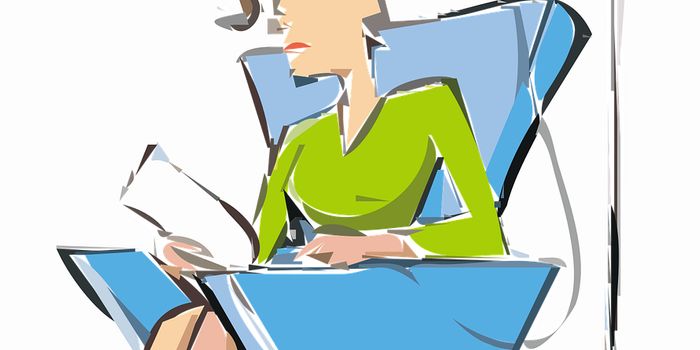What can we do about drug-induced tetraploidy in cancer cells?
A paper published in the journal Trends in Cancer describes how cancer therapies sometimes fuel genetic changes in cells that lead to resistance. During this process, rogue cells grow in size, significantly expanding the number of chromosomes the cell should have. This phenomenon is of obvious concern to oncologists. Daruka Mahadevan, MD, PhD, has spent the last 20 years investigating this, and reports on a potential method for deterring it with co-author Gregory C. Rogers, Ph.D. Mahadevan is a professor and chief of the Division of Hematology-Oncology in the Long School of Medicine at UT Health San Antonio.
"When you give therapy, some cells don't die," explained Dr. Mahadevan. "These cells don't die because they've acquired a double complement of the normal chromosomes plus other genetic changes. Many types of chemotherapy actually promote this."
The paper explains that these cells can have up to 8, 16, or even 32 times the number of chromosomes found in healthy cells. The authors say that two specific genes, c-Myc and BCL2, drive the genetic changes in the tetraploid cells. c-Myc and BCL2 are known to play a role in "double-hit" high-grade lymphomas, which are incurable.
"These genes are part of the problem because when they are present, they help the lymphoma cells to live longer and prime them to become large cells with treatment," said Mahadevan."It's a double hit, a double whammy."
These tetraploid cells will eventually result in cancer recurrence. As the authors write, “Drug-induced tetraploidy (DIT) in cancer cells is not only a mechanism of inherited drug resistance; proliferating DIT cells can produce progeny with increased ploidy or aneuploid genomes that drive aggressive disease.”
In response to this phenomenon, Mahadevan and Rogers have identified a small-molecule inhibitor that could prevent or treat DIT in cancer cells. The idea is that such a drug, once developed, could be used in concordance with chemotherapies to prevent large cell resistance.
Sources: Trends in Cancer, Eureka Alert









